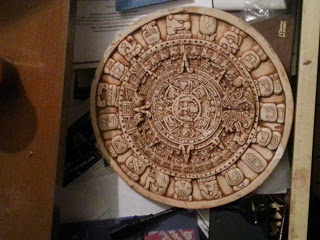Alieni, come comunicare con Et
Alieni e il linguaggio universale… story: prima fu Lindows, poi Lycos e infine
Lincos: la cacofonia a cavallo fra Web, scienza e informatica approda a una struttura linguistica capace di scavalcare le barriere culturali che potrebbero ingenerarsi fra noi e altre civiltà.
Ma problemi e critiche a Licos non mancarono… (continua)
English Version
First it was Lindows, then Lycos and finally Lincos: the cacophony between Web, science and computing leads to a linguistic structure able to overcome the cultural barriers that could arise between us and the aliens.
The “intergalactic idiom” project was born in 1960, edited by Professor Hans Freudenthal (Dutch-born German mathematician); he conceived the language whose name is the result of two words of Latin origin “Cosmic Language”, constructed using as hypothetical basis “facts” (common experiences) to the different cultures that, hypothetically, populate the Universe, in order to find a linguistic bridge between us and the aliens.
And the spans will be based on mathematics and, in general, on scientific speculation. Specifically, the words must be constructed using radio (and acoustic) signals that can be graphically translated as dots. For example, natural numbers (positive integers or non-negative integers) become strings of dots associated with a binary representation (the best, among other things, for signal transmission).
But problems and criticism of Licos did not fail … (continues)
Il link @
Il video…
Parlare con Et – Laboratorio Bliss Lis 15 – Le parole di Leonardo Onlus
Traduzione in latinorun per gioco (by Google Translator)
Lindows esset primum ergo Lycos, postremo
LINCOS equum inter Textus latio dissonante vulgari, terrasque computatorum linguae structuram possit virtute superare culturae claustra surgere et inter peregrinos.
Latrinam idiomate intergalacticus natus est in MCMLX, ab Freudenthal Professoris (mathematicus germanicus et batavus); lingua inventa est, cui nomen Latine propter originem ex duobus verbis “Lingua Mundi”, pro basi putative fecit per “facta” (communi experientiae) ad multas variasque hominum culturas tamquam incolunt, quod universum, ut inveniam linguae inter pontem et advena.
Et secundum spatia et mathematica et generatim de scientia speculativa destitutam. Eo scilicet per verba facere oportet radio annuit (et porus acusticus), quod potest interpretari graphice in forma punctorum. Nam ut sunt ea quae numeris (numeros integros negans aut ministro acatholico attentarunt numerorum integrorum positivorum) facti sunt nervi in dots consociata cum binarii praebere (optimos, inter alia, quia non tollitur transmissio annuit).
Sed reddere conabimur difficultates, et non deficient in Licos (continuat)Versione in Ligure e Piemontese (ricerche)
Photo by Luigi Viazzo with Samsung Galaxy S3
